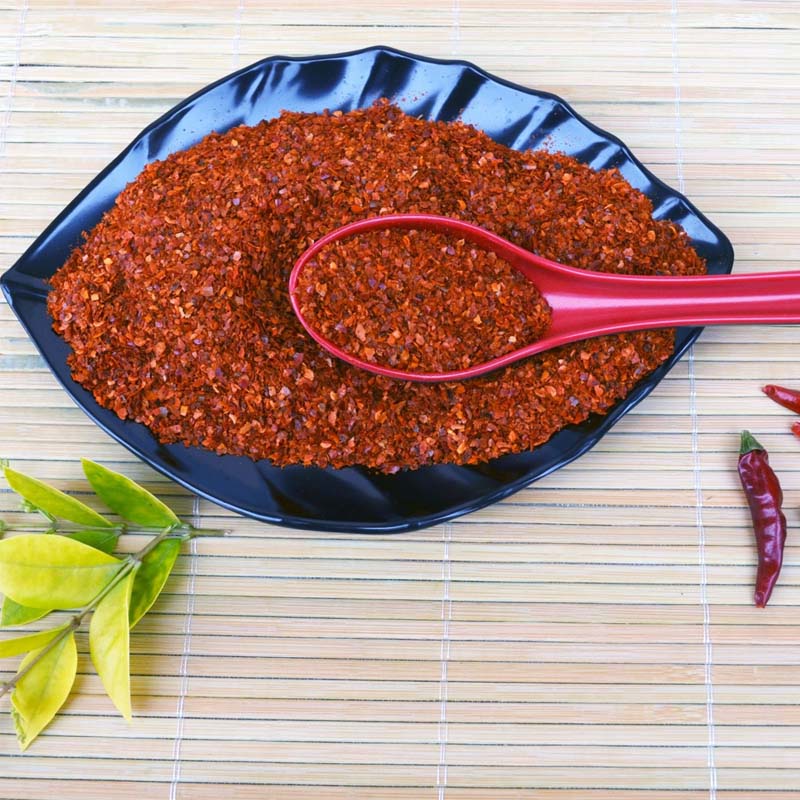- No. 268 Xianghe Street, Economic Development Zone of Xingtai city, Hebei 054001 China
- Byron@hbhongri.cn
paprika pepper
The Versatile Paprika Pepper A Spice for Every Kitchen
Paprika, with its vibrant red color and sweet, smoky flavor, is a spice that embodies the culinary heritage of many cultures around the world. Derived from drying and grinding specific varieties of Capsicum annuum, the paprika pepper is not just a spice; it is a crucial element in various cuisines, especially in Hungarian, Spanish, and even some Middle Eastern dishes. But what truly makes this pepper remarkable is its versatility and health benefits, which make it a staple in kitchens worldwide.
History and Origins
The history of paprika dates back to the Americas, where various kinds of peppers were first cultivated. Spanish explorers brought these pepper varieties back to Europe in the 16th century, where they began to be hybridized into what we now recognize as paprika. Hungary is famous for its sweet and spicy varieties, and it is where paprika became a key ingredient in national dishes such as goulash. Today, Hungary's distinctive sweet paprika is recognized around the globe, while Spanish paprika, known for its smokiness, adds depth to dishes like paella and chorizo.
Types and Flavor Profiles
Paprika comes in several varieties, each with distinct flavor profiles and heat levels. The most common types include sweet paprika, smoked paprika, hot paprika, and Hungarian paprika. Sweet paprika, often labeled as dulce, is known for its mild, sweet taste and vibrant color. Smoky paprika, or pimentón, offers a rich, deep flavor that is essential in dishes like Spanish chorizo and other meats. Hot paprika, on the other hand, delivers a spicy kick to meals, while Hungarian paprika ranges from sweet to hot, making it an essential addition to Hungarian cuisine.
Culinary Uses
paprika pepper

The culinary uses of paprika are as varied as its types. In addition to being a key ingredient in classic dishes such as goulash and chicken paprikash, paprika can enhance the flavors of soups, stews, and sauces. It’s an excellent spice for seasoning meats and vegetables, adding both color and flavor without overpowering other ingredients. Furthermore, paprika is often used as a garnish, providing an eye-catching contrast on deviled eggs, potato salad, and other dishes.
One of the outstanding aspects of paprika is its ability to enhance without dominating, making it an ideal spice for those who prefer milder flavors. Additionally, because of its vibrant hue, paprika can visually elevate a meal, making simple dishes look gourmet.
Health Benefits
Beyond its culinary appeal, paprika is also rich in health benefits. It is a source of vitamins A, C, and E, which are essential for maintaining healthy skin and boosting the immune system. Additionally, paprika contains antioxidants, which can help protect cells from damage and reduce the risk of chronic diseases. The capsaicin present in paprika, though present in lower levels compared to hotter chili peppers, may also aid in metabolism and weight management.
Conclusion
In conclusion, the paprika pepper is much more than just a colorful spice; it is a versatile ingredient with deep historical roots and a myriad of uses in the culinary world. Whether you're a gourmet chef or a home cook, incorporating paprika into your dishes can elevate flavors, enhance visual appeal, and promote health. So, the next time you're looking to add a bit of color and richness to your meal, consider reaching for the versatile paprika pepper. Its robust flavor and countless culinary applications are sure to bring a burst of warmth and a hint of sweetness to your dining table.
-
Turmeric Rhizome Powder: A Golden Treasure from Roots to TableNewsJul.28,2025
-
The Versatile Application Of Crushed Red Hot Peppers: Lighting Up The Red Flames On The Dining TableNewsJul.28,2025
-
The Paprika: A Touch Of Vibrant Red In Color, Flavor, And CultureNewsJul.28,2025
-
Ground Turmeric: A Modern Examination of an Ancient SpiceNewsJul.28,2025
-
Capsicum Liquid Extract: Features, Applications, and ChallengesNewsJul.28,2025
-
Application of Capsicum Liquid Extract in FoodNewsJul.28,2025







